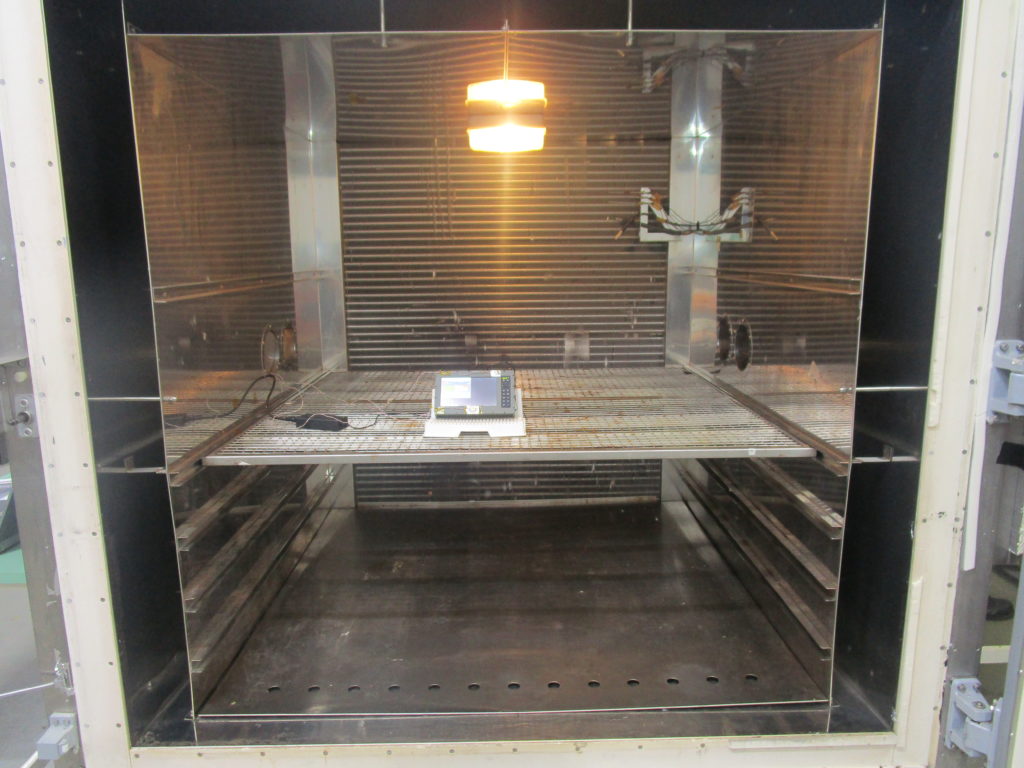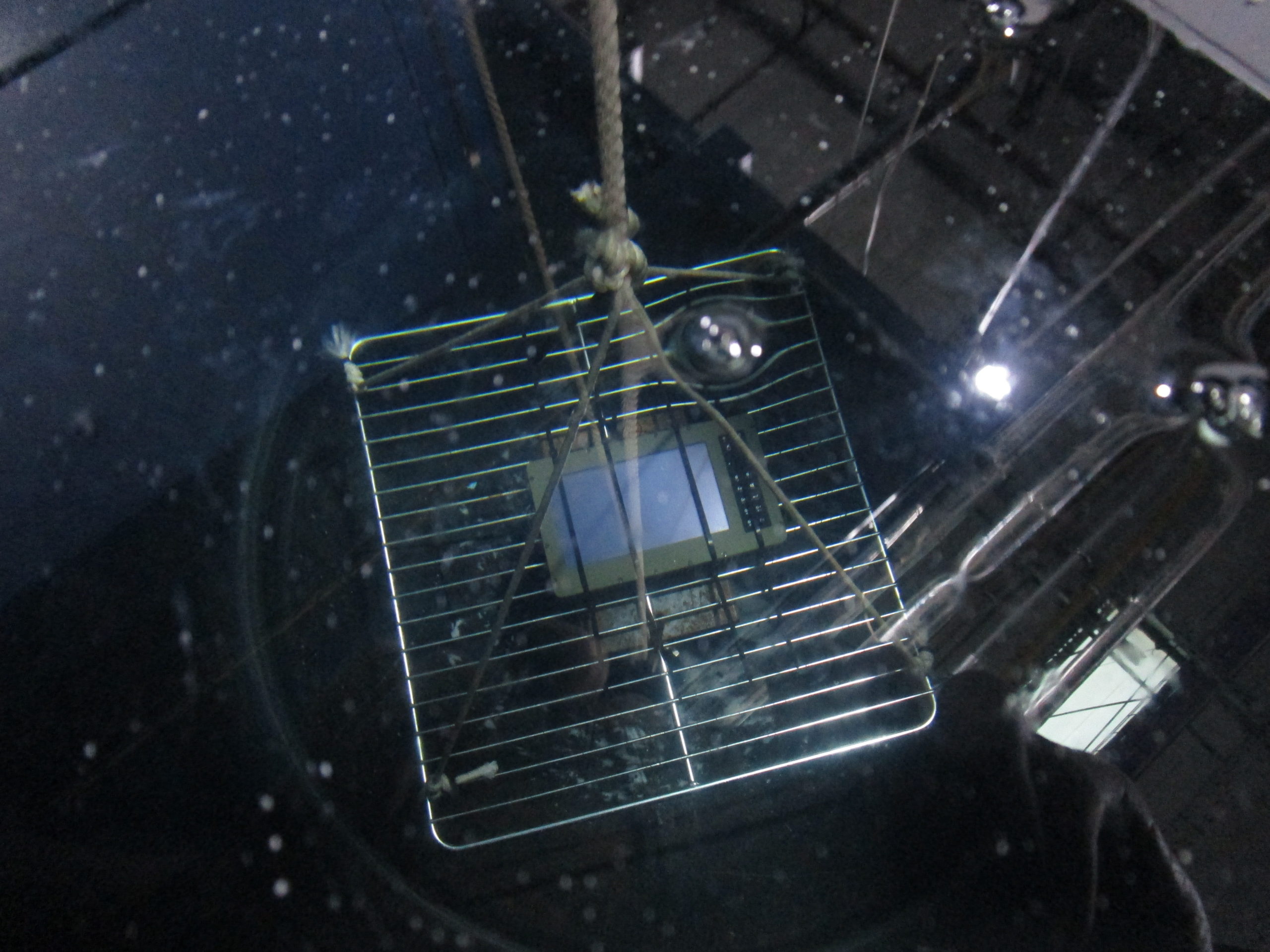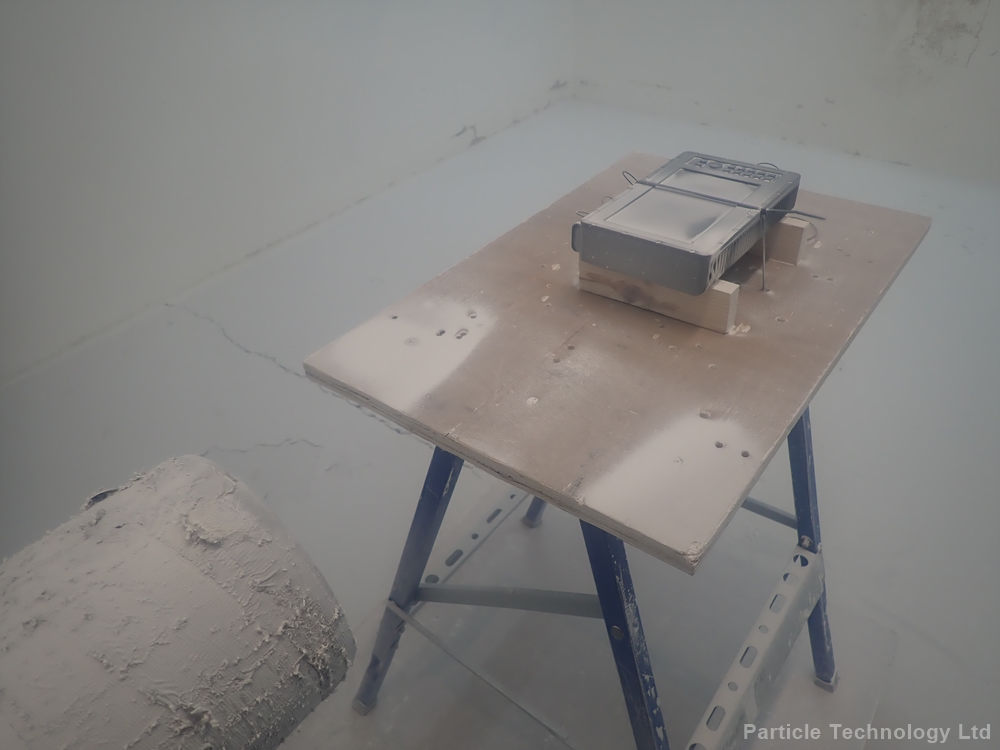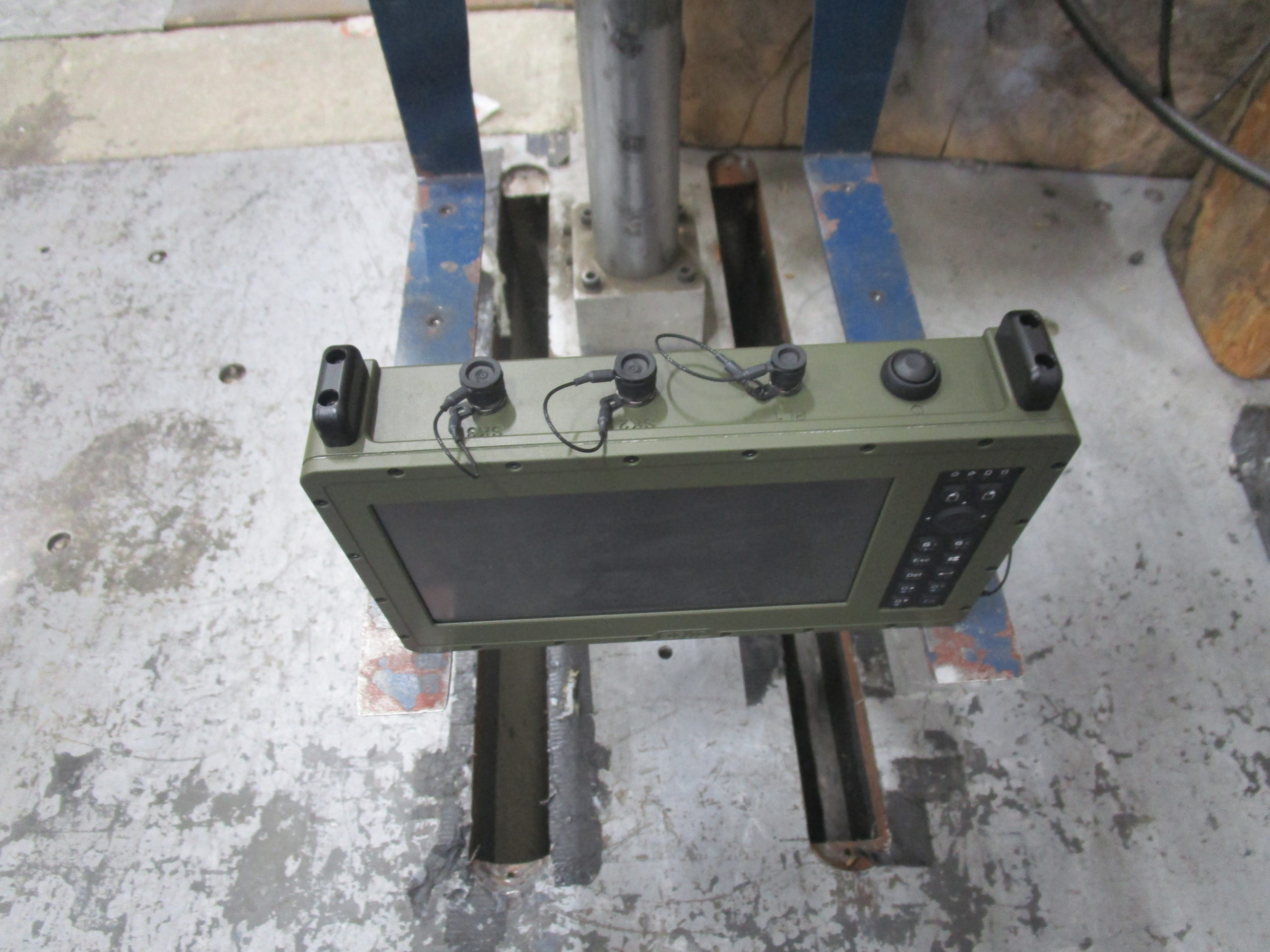We took the GRiDCASE 2507 through some serious environmental testing…
GRiD products are used all over the world and in every environment possible, so it’s important that they are fit for purpose and operate to the best of their ability, no matter what they come up against. The latest of our products, the GRiDCASE 2507 – a 7” Hand-held Rugged Tablet has recently been subjected to a wide range of Def Stan 00-035 tests by TÜV SÜD (https://www.tuvsud.com/en-gb) and the results are in; the GRiDCASE 2507 passed every test with flying colours.
The GRiDCASE 2507 has passed the following tests;
| Test Description | Result |
| High-Temperature Low Humidity Storage | Completed satisfactorily |
| High-Temperature Low Humidity Operation | Completed satisfactorily |
| Low-Temperature Storage | Completed satisfactorily |
| Low Temperature Operation | Completed satisfactorily |
| Thermal Shock And Rapid Rate Of Change Of Temperature | Completed satisfactorily |
| High-Temperature High Humidity Operation | Completed satisfactorily |
| Driving Rain | Completed satisfactorily |
| Immersion | Completed satisfactorily |
| Low Pressure (Altitude) | Completed satisfactorily |
| Blowing Sand | Completed satisfactorily |
| Impact | Completed satisfactorily |
| Toppling | Completed satisfactorily |
| Surface, Touch and Controls Temperature | Completed satisfactorily |
High Temperature, Low Humidity Storage: Testing was carried out to assess how the GRiDCASE 2507 operates after extended periods of time at high temperatures. For this particular test, the device was stored for 24 hours at +71°C before being cooled to room temperature. It was then functionally tested to ensure no damage to the hardware had occurred as a result of high-temperature storage.
High Temperature, Low Humidity Operation: The GRiDCASE 2507 was placed in a test chamber and held at a temperature of +63°C. The device was then regularly operated to ensure it was fully functional for a 24-hour period.

GRiDCASE 2507 During High-Temperature Testing
Low-Temperature Storage: Once we had completed the high-temperature tests, the device was exposed to low temperatures. The Low-Temperature Storage test subjected the GRiDCASE 2507 to a temperature of -34°C for a 24-hour period. To ensure that no damage had been caused by the cold, a functional assessment was carried out and confirmed that the device was unaffected.
Low-Temperature Operation: Similarly to the Low-Temperature Storage test, the Low-Temperature Operation test carried out to Def-Stan 00-035 involved the GRiDCASE 2507 being subjected to a temperature of -34°C for a period of 24 hours. Routine functional tests were carried out, ensuring that the device could function without issue whilst at extremely low temperatures.
Thermal Shock and Rapid Rate of Change of Temperature: This test took the GRiDCASE 2507 through a range of temperatures to see if thermal shock could damage the device. For the first half of this test the device was rapidly moved from sealed chambers set at -32°C to +21°C before being placed back at -32°C and finally returning to room temperature so that the hardware could be checked for damage. This test was repeated 5 times.
For the second half of the test, the temperature extremes were +71°C and +21°C. Like the cold temperature test, this thermal shock test was repeated a total of five times. The device was functionally tested after each transfer.
High-Temperature High Humidity Operation: The GRiDCASE 2507 was placed within a test chamber and subjected to seven 24-hour temperature cycles between +32°C and +40°C with % humidity moving from 100% to 75% and then back to 100% across the 24-hour cycles. After each 24-hour cycle was completed the device was tested to ensure that the high humidity mixed with high temperatures had not caused damage to the device.
Driving Rain: For this test, the device was heated to 10°C above the temperature of the rainwater it was sprayed with to simulate expected heat rise during typical device usage. The device was then sprayed with water at a rate of 200mm/hr for one hour to simulate above-average potential rainfall, in the planets wettest locations for example, before being wiped down and checked for any water ingress as well as any damage to the device.

GRiDCASE 2507 During Immersion testing
Immersion: To really put the IP (Ingress Protection) rating of the GRiDCASE 2507 to the test, immersion tests were performed by submerging the device in water to a depth of 1 metre and holding it there for 3m 20s before taking it out, altering the angle and once again submerging the device down to a depth of 1 metre. This was repeated for every face, totalling 20 minutes underwater. The GRiDCASE 2507 was then checked for any water damage and also weighed to see if any water had leaked into the device. After all the testing was complete, the GRiDCASE 2507 was officially qualified to IP67.
Low Pressure (Altitude): Our devices are used in all manner of aircraft and on various applications at high altitude, therefore it is important that they are able to operate in a low-pressure environment. To mimic the air pressure that may be present in-flight or up a mountain, the device was placed in a specialised chamber that lowered the air pressure to the equivalent of 4572m above sea level (571.8 mbar). The GRiDCASE 2507 was operated for 60 minutes at this air pressure to ensure that no issues arose with the Tablets functionality.

GRiDCASE 2507 Undergoing Sand and Dust Testing
Wind Blown Sand and Dust: To ensure that the GRiDCASE 2507 is able to withstand any dust, sand or other foreign objects that may cover it during use, the device was placed in a chamber heated to +63°C and then blasted across four identified risk areas (the face, top and two sides). Each face was blasted for two hours, totalling 8 hours. This process was then repeated for sand, culminating in a total of 16 hours of abrasion testing. Once both tests were complete, the device was checked for wear and tear and operational functionality with no issues being reported.
Vertical Impact: To ensure that the GRiDCASE 2507 is able to adequately withstand being dropped, or accidentally knocked off a surface whilst in use, the GRiDCASE 2507 was put through Vertical Impact testing. This was performed from a height of 0.3m and dropped directly onto both concrete and a steel plate across each face (6 drops in total). After each drop, the device was checked for damage. Functional tests were performed to ensure the device remained fully operational.

GRiDCASE 2507 Setup for Drop, Shock and Topple Tests.
Topple: To ensure no damage would occur from the device toppling, or being knocked over, the GRiDCASE 2507 was placed on each side and pushed until it could no longer stand by itself, allowing it to fall to the ground. This testing, like the Vertical Impact testing, was performed onto a solid concrete surface.
Surface, Touch and Controls Temperature: As our products are used in all manner of environments, from deserts to the Arctic Circle, it is important that no matter what the ambient temperature, the device remains useable and comfortable to touch and operate. For this test, the GRiDCASE 2507 was placed in a chamber with an ambient temperature of +25°C for two hours and exercised at its maximum capability, simulating the hottest the Tablet could get. Throughout the test, the temperature of the surfaces of the device, the controls (Thumbstick, 2-Button Mouse, Function Buttons and Stylus) and the 10-point Multi-touch Resistive Touchscreen were monitored to ensure that they remained at a level comfortable for the potential user.
The GRiDCASE 2507 passed all tests comfortably. If you would like to see the full UKAS Accredited Test Report, with the findings from TÜV SÜD alongside a breakdown of all the tests that were carried out on the GRiDCASE 2507 then please get in touch with us by email at sales@griduk.com or give our team a call on +44(0)1628 810 230 and one of our GRiD consultants will be happy to help.

